8.5 Mechanisms of Sex Determination
What determines whether an embryo develops into a male or female? That depends on the organism. For many organisms the answer lies in the organism’s DNA. For others it depends on environmental cues, and for some there is an interaction between environmental cues and genetic information.
Genetic Sex Determination
In humans and other mammals sex is determined genetically. Mammals have sex chromosomes–X and Y. On the mammalian Y chromosome is a gene called Sry that triggers differentiation into a male, with male reproductive physiology and male secondary (non-reproductive) characteristics. An embryo that has two X chromosomes and doesn’t have an Sry gene will usually differentiate into a female, while an embryo that has an X and a Y chromosome will usually differentiate into a male. Other animals and most plants also have genetic sex determination.

In birds and some reptiles those that have two different sex chromosomes (called WZ) are female, while those with two copies of the same sex chromosome (ZZ) are male. In other organisms such as wasps, the males arise from unfertilized eggs and therefore only have one copy of genetic information (they are haploid) while females arise from fertilized eggs and have two copies of genetic information (they are diploid).
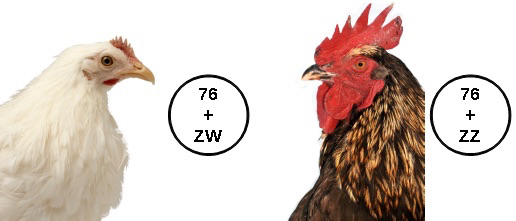
Environmental Sex Determination
The sex of some other animals is determined by environmental factors. For example, the sex of many species of turtle, alligators and some fish is determined by the temperature at which the eggs are incubated.
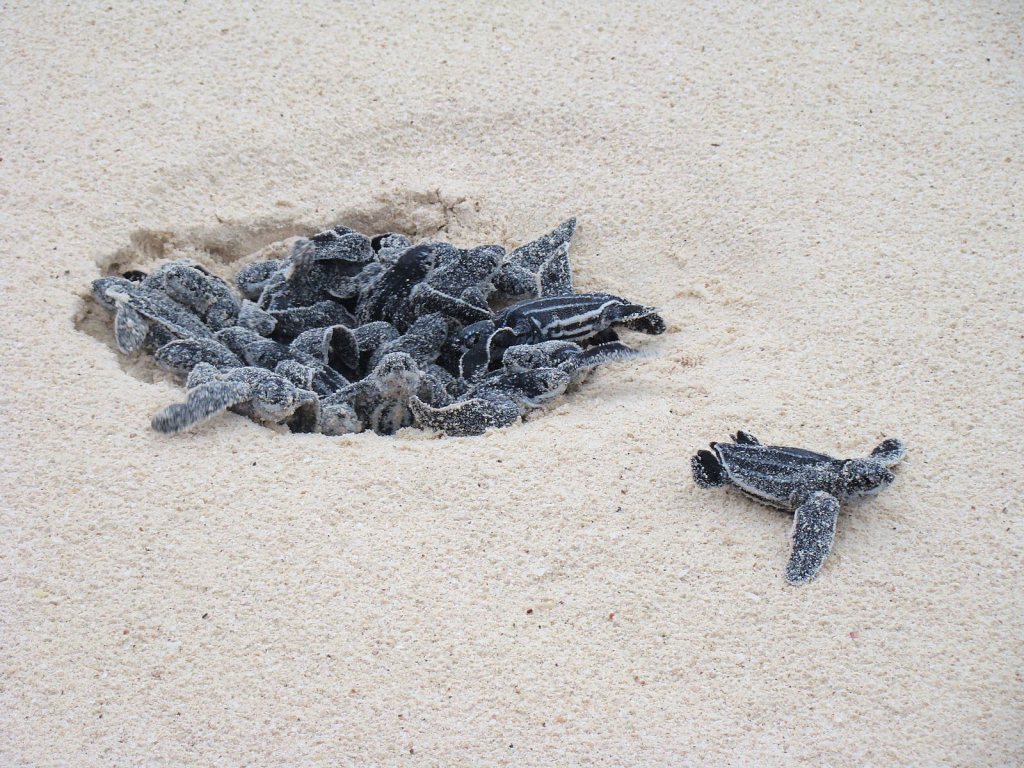
For other species, sex is determined by social influences in the environment. For example, the green spoon worm (Bonellia viridis) is a marine worm that is emerald green in color.
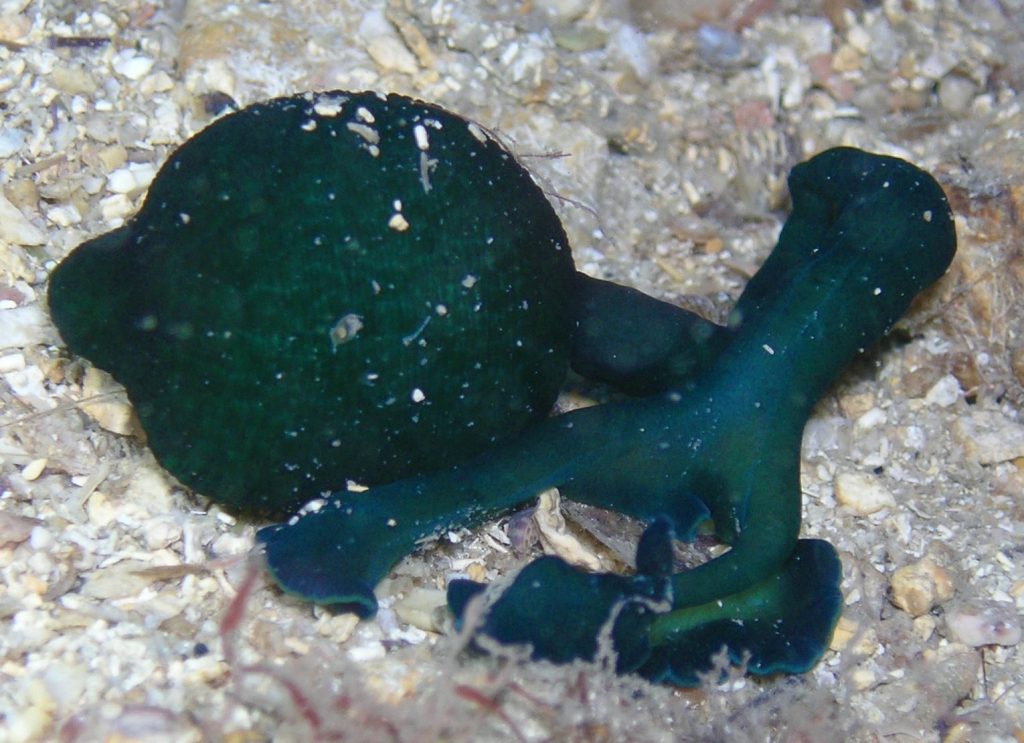
The worm is not sexually differentiated as a larva. If the larva does not encounter a chemical signal emitted by a female it will differentiate into a female, growing to about 8 cm in length. If the larva encounters a chemical the female secretes, it will differentiate into a male, remaining 1-3 mm in length. Then, the male will be sucked into the feeding tube of a female and spend its life with other males in the reproductive tract of the female.
Some species of fish are sequential hermaphrodites, meaning they are one sex during one portion of their life and then–depending on developmental or environmental cues–they become the other sex. For example, clownfish live in small groups with a breeding male and female and up to four non-breeding males. The female is the largest and the dominant fish in the group. If the female leaves the group (often by dying), the breeding male will differentiate into a female and one of the previously non-breeding males will become the new breeding male.
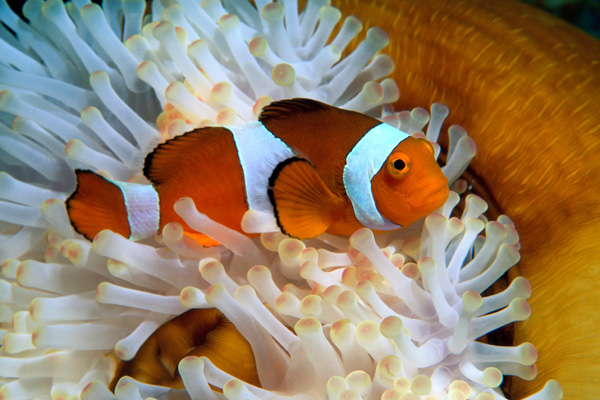
Another environmental factor that can influence sex is the presence or absence of particular parasites. Wolbachia are a group of bacteria that live symbiotically in the cells of invertebrates. These bacteria have been shown to change genetically male insects into functional (egg-producing) females.
Check Yourself
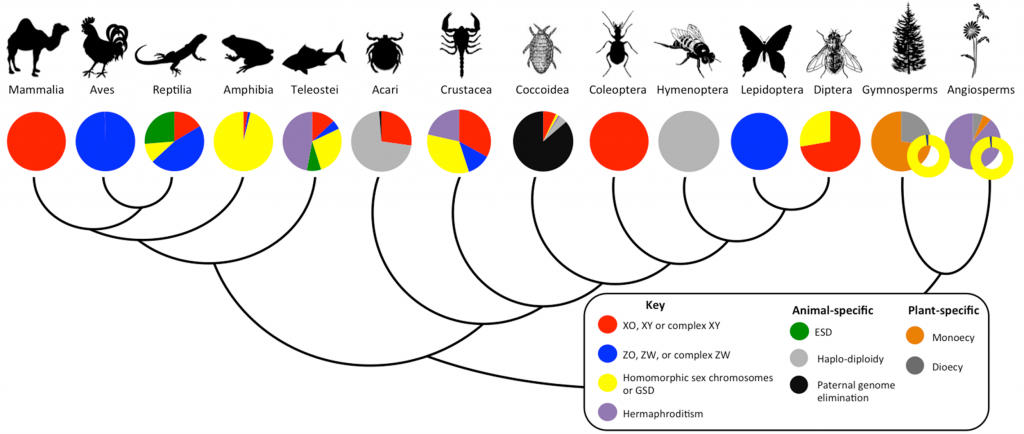
Sex determination mechanisms across various classes of organisms. XO, XY, ZO and ZW indicate chromosomal sex determination. GSD stands for genetic sex determination. ESD is environmental sex determination. Haplo-diploidy means that males are haploid (have only one copy of genetic information; resulting from an unfertilized egg) and females are diploid (have two copies of genetic information; resulting from a fertilized egg).
Check Yourself
- Image: NCBI. https://commons.wikimedia.org/wiki/File:SRY_gene_location.png ↵
- Image: CFCF https://commons.wikimedia.org/wiki/File:Avian_sex_determination.jpg ↵
- https://commons.wikimedia.org/wiki/File:Leatherback_Turtle_eggs_hatching_at_Eagle_Beach,_Aruba.jpg ↵
- Image: Sylvain Ledoyen (Own work) [GFDL (http://www.gnu.org/copyleft/fdl.html), CC-BY-SA-3.0 ↵
- https://commons.wikimedia.org/wiki/File:Clownfish-Houston-Zoo.jpg ↵
- Image from Bachtrog et al. 2014. PLOS Biology | www.plosbiology.org 1 July 2014 | Volume 12 | Issue 7 | e1001899 ↵

